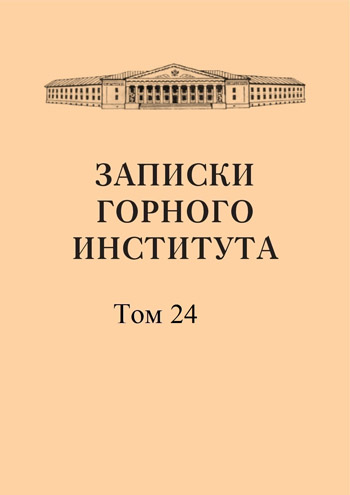On the determination of inverse matrices of potential energy of polyatomic molecules
Abstract
The study of the structure of molecules is of great importance for understanding the properties of matter. The most important means of understanding polyatomic systems are their vibrational spectra, especially the spectra of the fundamental vibration frequencies, which, in comparison with overtones, are very clearly and fully represented in Raman scattering and in infrared absorption spectra. It is in them that the vibrational properties of molecules, as systems formed from nuclei, are most fully and vividly manifested. A number of physical and chemical properties of matter are associated with the vibration of molecules. Any type of energy acquired by a molecule is converted to some extent into the energy of vibrations of nuclei. Therefore, the thermodynamic properties of matter are inseparable from the vibrations of the nuclei of molecules. Knowing the correctly interpreted vibration frequencies of molecules, it is possible to calculate thermodynamic functions: energy, free energy, thermodynamic potential, etc., constants of chemical equilibrium, heat capacity, etc. Vibrational frequency spectra are successfully used for the purposes of molecular spectral analysis, qualitative analysis of complex mixtures (oils, gasolines, etc.), structural analysis. No less important is the possibility of predicting the frequencies of those molecules that cannot be observed experimentally. The theory of vibrational spectra led to the discovery of rotational isomerism. For the study of the structure of molecules in general and for the theory of vibrational spectra in particular, the coefficients in the expression of the potential energy of polyatomic systems play an important role.
References
- M. A. Elyashevich, "Advances in Physical Sciences", 1946, Vol. 28, Issue 4, Page 60.
- B. I. Stepanov, "Journal of Experimental Technical Physics", 1945, Vol. 15, Page 43.
- L. S. Mayants, Reports of the Academy of Sciences, 1945, Vol. 5, Page 121.
- P. G. Maslov, DAN, 67. 819 (1949); DAN, 70. 985 (1950); DAN.71. 867 (1950).
